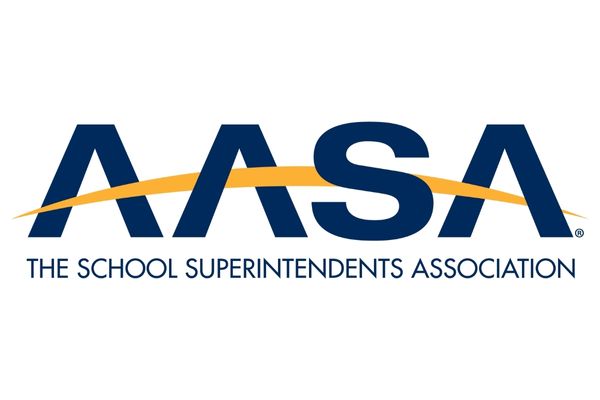AASA Releases Key Findings from American Superintendent 2020 Decennial Study
February 10, 2020
Contact:
James Minichello
703-875-0723
703-774-6953
(cell)
jminichello@aasa.org
Alexandria, Va. – Feb. 10, 2020 – AASA, The School Superintendents Association, is pleased to release preliminary findings from a new comprehensive survey, documenting demographics, background and experiences of American school superintendents.
Today’s announcement comes on the eve of AASA’s 2020 National Conference on Education, where hundreds of superintendents are convening in San Diego, Calif. (Feb. 13-15) to discuss the most critical issues in public education and how these issues impact the more than 50 million students learning and growing in our public schools.
The American Superintendent 2020 Decennial serves as the sequel to AASA’s landmark 2010 Decennial Study, which examined historical and contemporary perspectives on our nation’s school system leaders. As with previous editions, this year’s study is an extension of national decennial studies of the American school superintendent that began in 1923.
“This study of the American school superintendent was produced in the context of unprecedented economic, demographic and political transitions,” said Daniel A. Domenech, AASA executive director. “We hope this profile of the profession is a resource to current, former and future superintendents, those who prepare and support superintendents, and any participant involved in the dialogue for education reform, innovation and change.”
Some of the report’s key findings include:
- The average superintendent was a married white (91.38%) male, who had prior experience as a principal, with two to eight years of experience being a superintendent.
- The percentage of female superintendents increased slightly from 2010, when it was 24.1%, to 26.68% in 2020. The percentage of women in the top leadership position in education is well above the 5.4% of S&P 500 companies led by a woman. Only 5% of the Russell 3,000 companies have a woman in the top position.
- In terms of political affiliation, superintendents remained a diverse group, with approximately 33% identifying as Republican, 32% independent and 31% Democrat.
- Approximately 59% of the respondents said they planned on being a superintendent in the next five years. This represented an increase, compared to 51% of the respondents in 2010.
- Almost 34% of superintendents specified they would retire within the next five years, compared to 50% of superintendents in 2010.
- As in 2010, about 3% (2.71%) of the respondents in this study were employed in very large districts in 2020, whereas 11.76% were employed in districts with enrollments of 300 or less, representing a slight increase from 9% in 2010.
- The racial/ethnic diversity of districts in which superintendents worked increased since 2010. Only 34% of respondents worked in districts in which less than 5% of the students were non-white compared to almost 50% in 2010. The percentage of respondents employed in districts with high racial diversity (i.e., more than 50% non-white students) remained at 15%.
“The preliminary findings of the AASA Decennial report highlight national trends of the American school superintendency, as they relate to demographics, professional development, school board relations, equity and other fundamental educational topics that define the working lives of school system leaders,” said Christopher H. Tienken, associate professor of education leadership, management and policy, Seton Hall University. “Overall, the results indicate the nation’s superintendency has become increasingly more diverse along the lines of race, gender, and political affiliation. Additionally, the report explores how larger trends, such as the teacher shortage, are starting to affect traditional educator pipelines into the superintedency.
The research was conducted in late 2019 and early 2020. Just as findings from previous decennial studies suggested, job-related situations of superintendents vary greatly. They can be influenced by a number of factors including district enrollment, demographic characteristics of the superintendents, and characteristics of the students and communities they serve.
The work is a collaboration of the following authors:
- Joshua Starr, executive director, PDK International;
- Noelle Ellerson Ng, associate executive director, advocacy and governance, AASA;
- Chris Rogers, policy analyst, AASA;
- Christopher H. Tienken, associate professor of education leadership, management and policy, Seton Hall University.
Copies of the full report will be available in September. For specific questions, or if you would like to request a hard copy, please contact AASA’s Chris Rogers at crogers@aasa.org.
###
About AASA
AASA, The School
Superintendents Association, founded in 1865, is the professional organization for more than
13,000 educational leaders in the United States and throughout the world.
AASA’s mission is to support and develop effective school system leaders who
are dedicated to equitable access for all students to the highest quality
public education. For more information, visit www.aasa.org.

